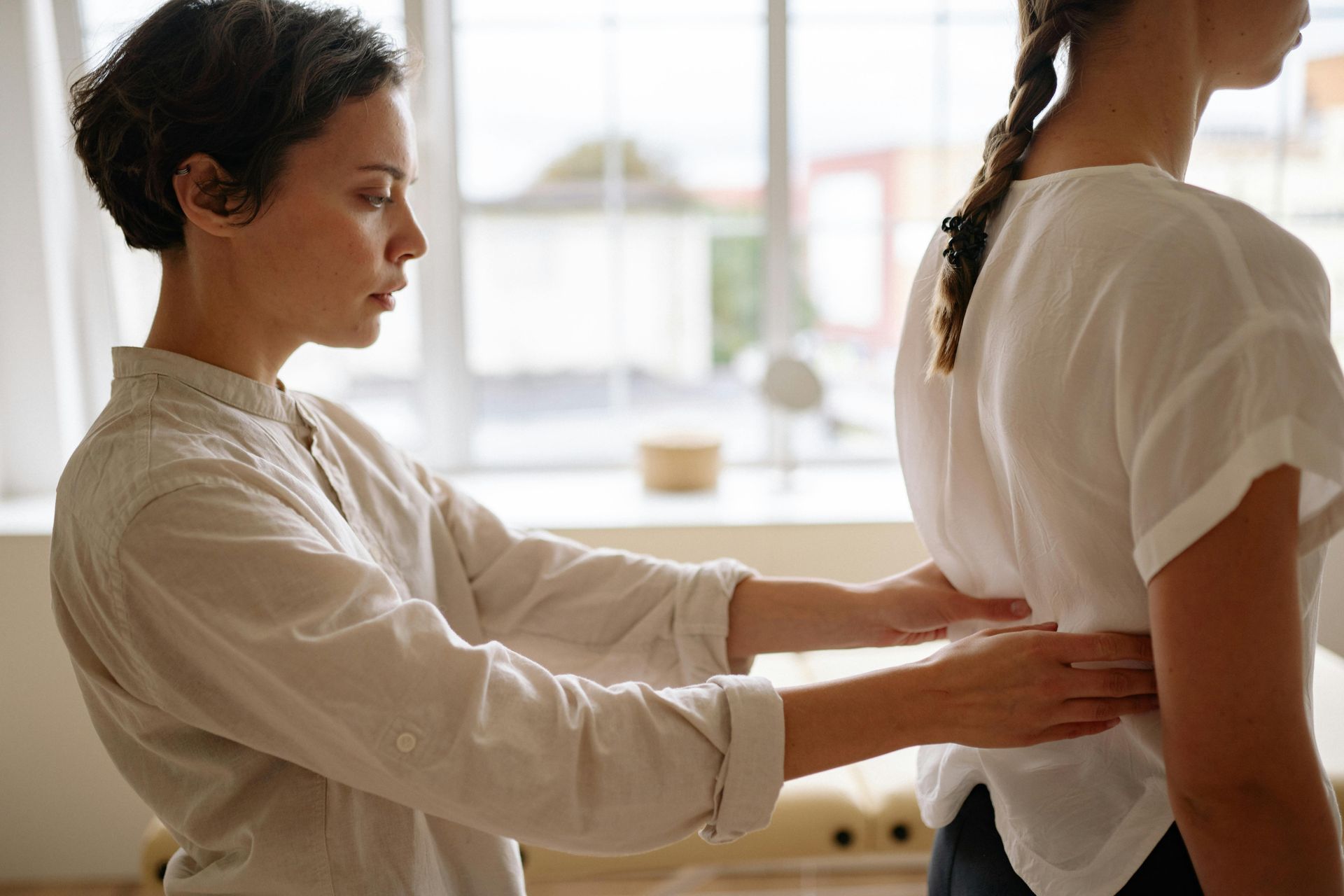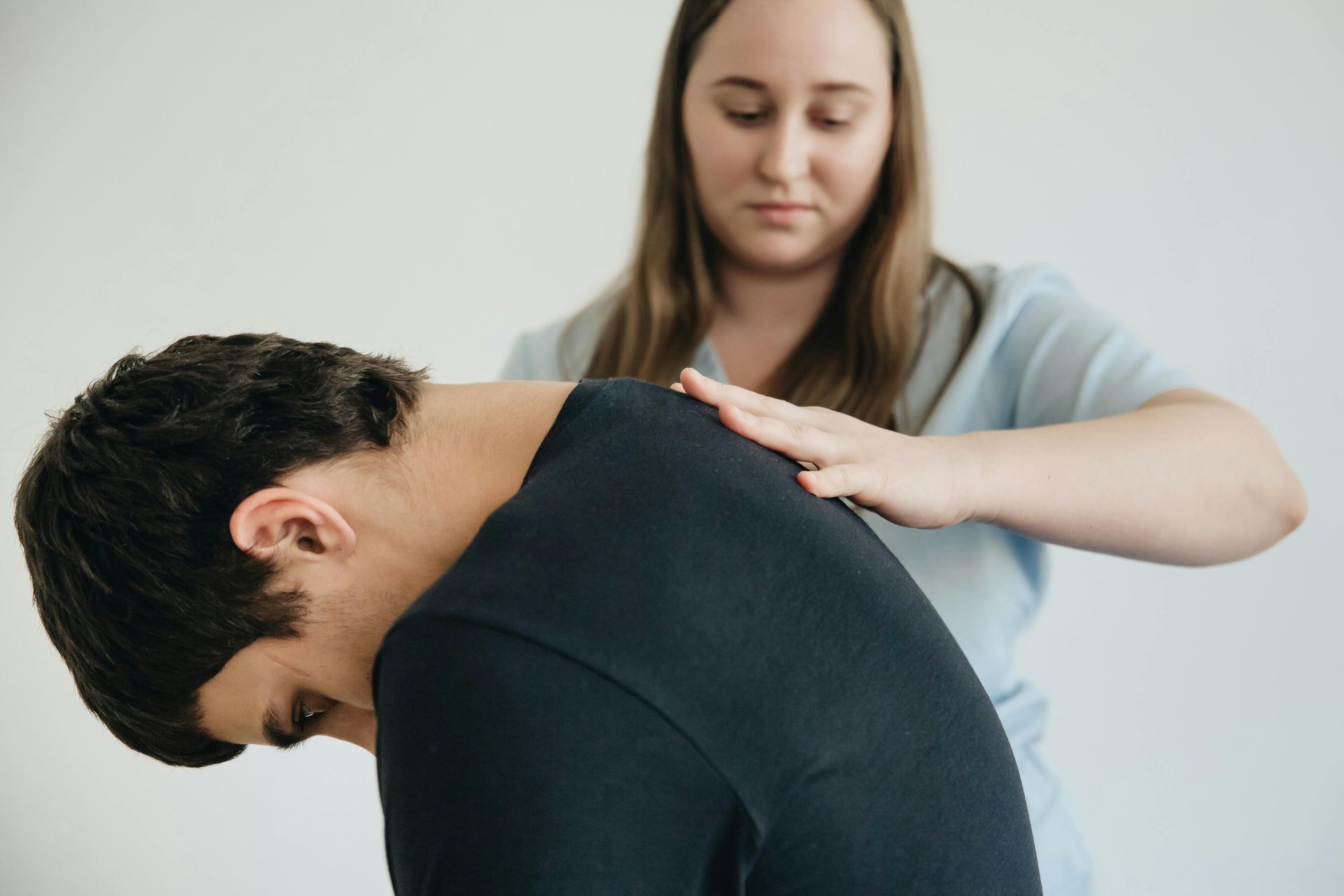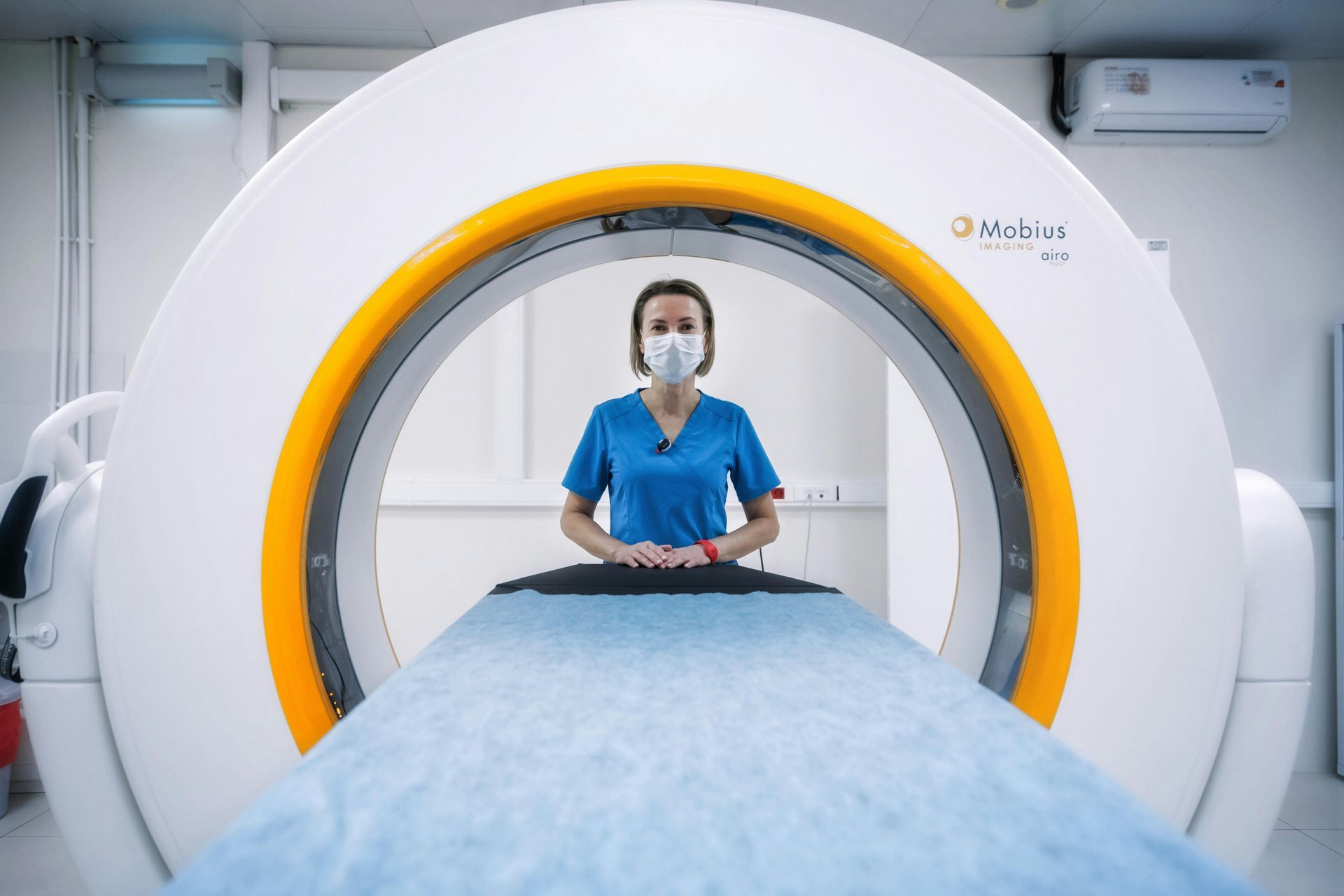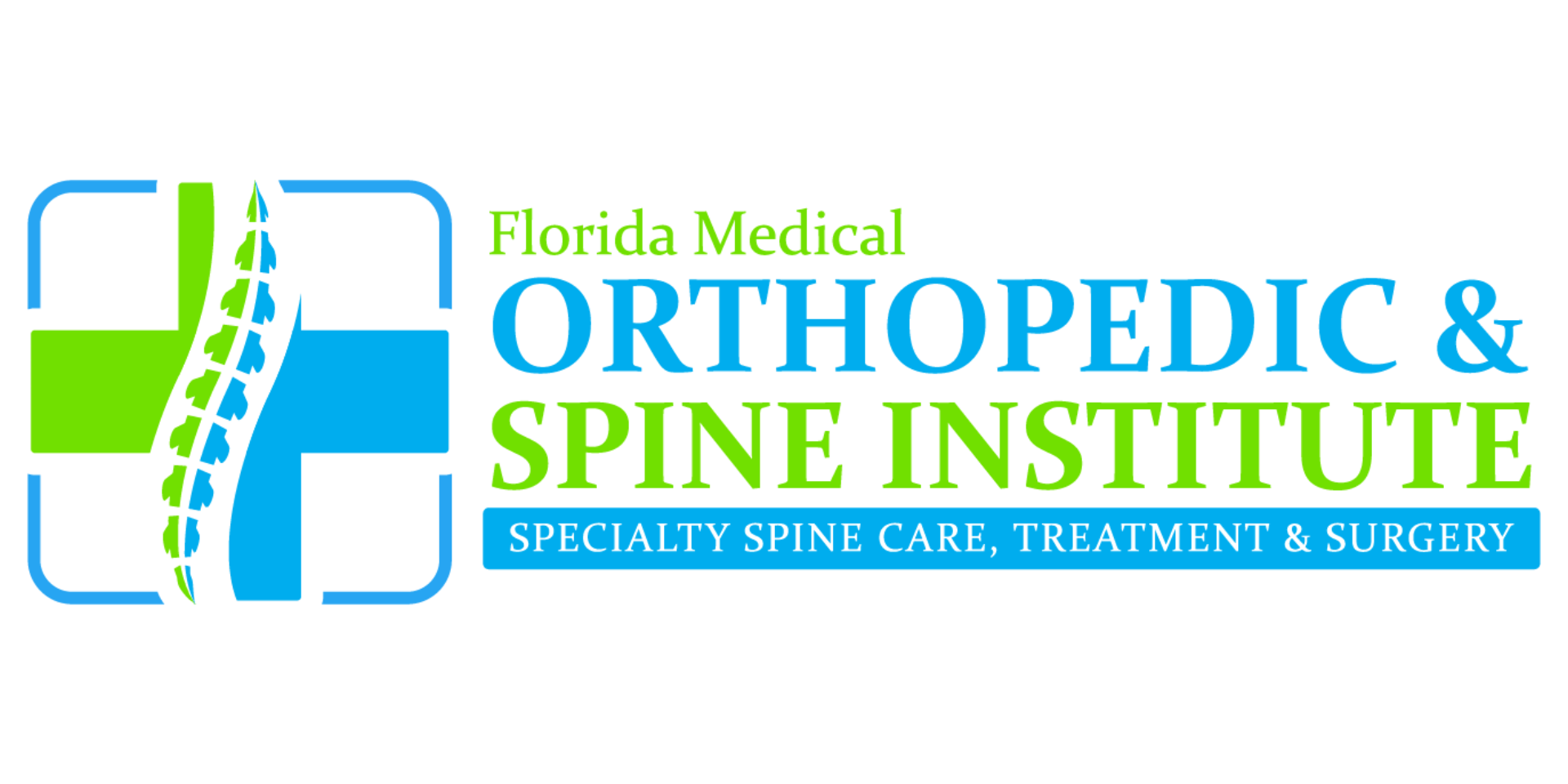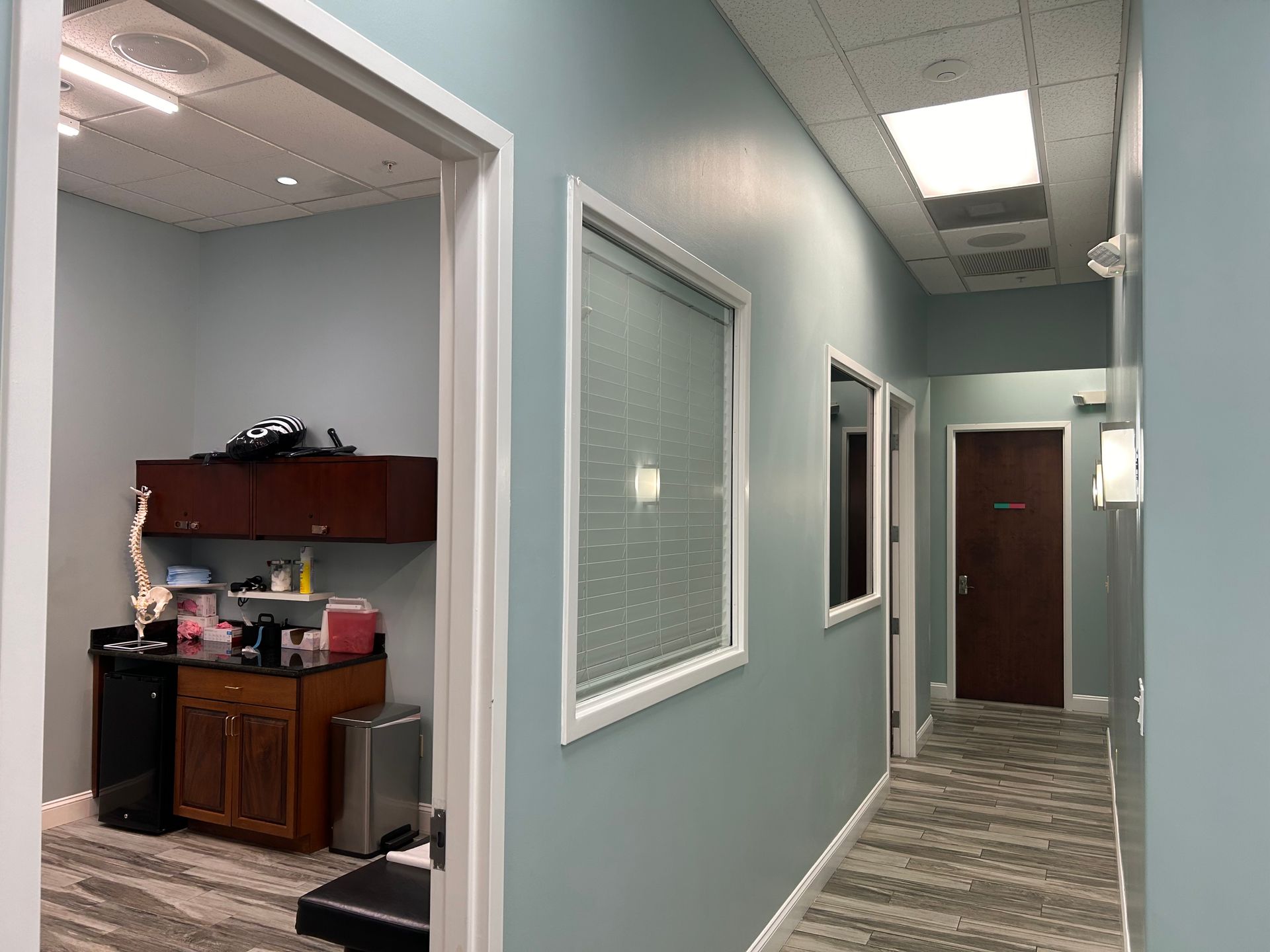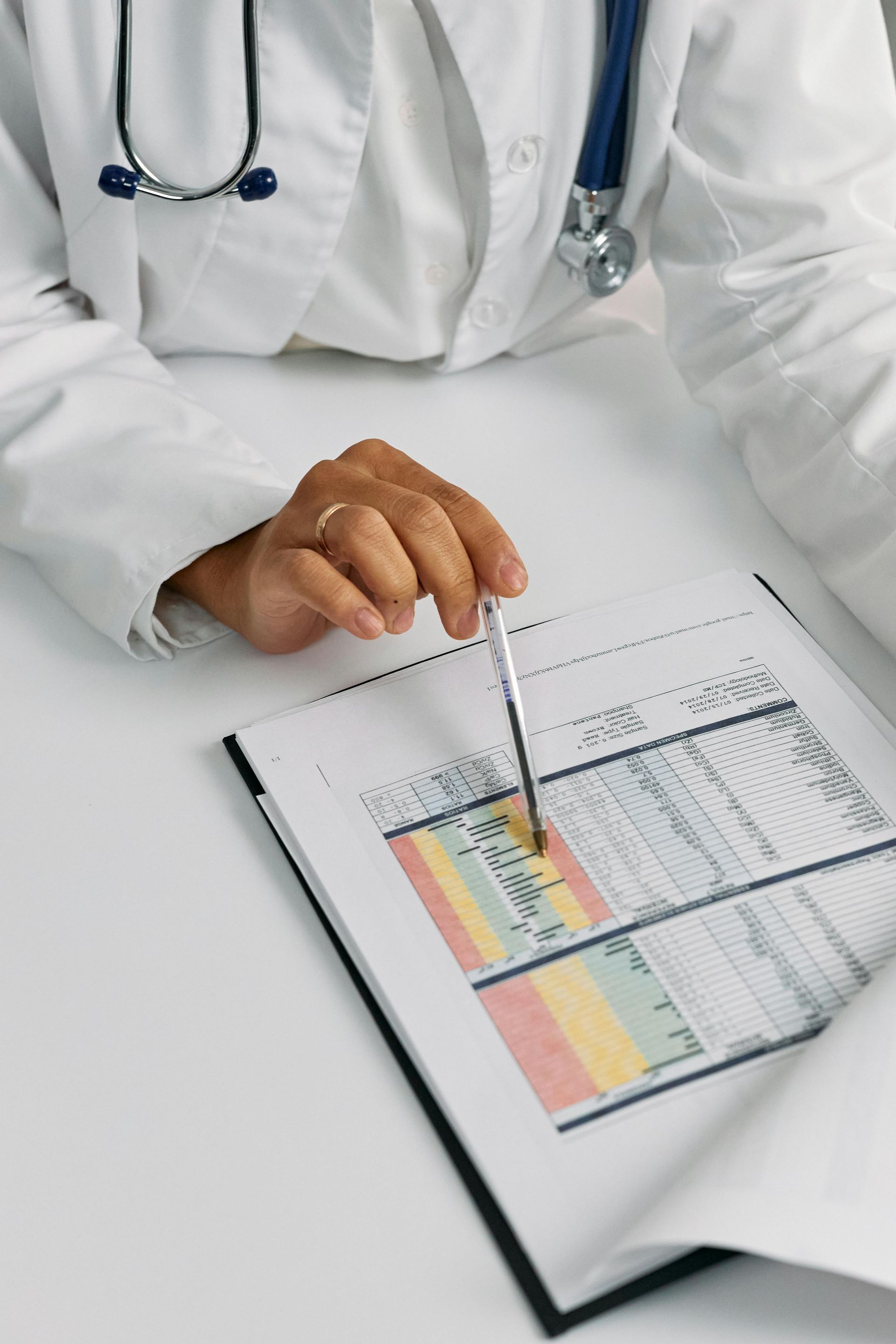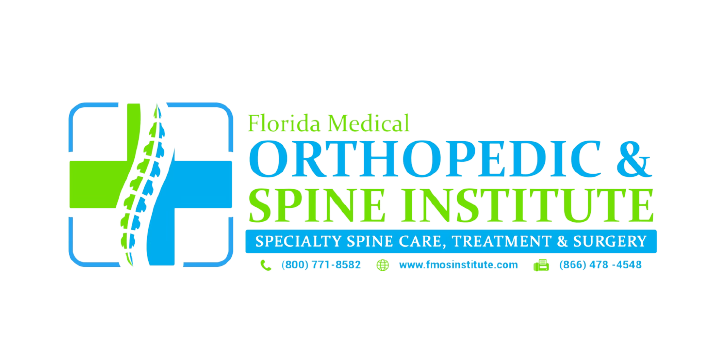5 Daily Habits That Are Hurting Your Back (and How to Fix Them)
At Florida Medical Orthopedic & Spine Institute, we understand that certain daily habits can contribute to back pain, hindering your quality of life. Common culprits include poor posture while sitting, improper lifting techniques, and being inactive for long periods. Prolonged screen time can strain your neck and back, while sleeping on the wrong mattress exacerbates discomfort. To combat these issues, adopt ergonomic seating, practice proper lifting methods, and integrate regular movement into your day. Additionally, invest in a supportive mattress and maintain a conscious awareness of your posture. These simple adjustments can lead to significant improvements in your back health.
Contact Us Today
Have a question? Looking for treatment? We’re here to help. Send us a message and we’ll be in touch.
Back pain is an all-too-common complaint, affecting millions of people worldwide. While some causes of back pain are unavoidable, many can be attributed to subtle, everyday habits that slowly but surely take a toll on our spines. The good news? Once you identify these culprits, you can make simple adjustments to protect your back and find lasting relief.
Let's dive into five common daily habits that might be secretly contributing to your back pain and, more importantly, how to fix them.
1. Slouching While Sitting
The Problem: Whether you're at your desk, on the couch, or driving, a slouched posture puts immense strain on your lower back discs and ligaments. It flattens the natural curve of your lumbar spine, leading to muscle imbalances and increased pressure. Over time, this can contribute to disc degeneration, muscle spasms, and chronic pain.
The Fix:
- Be Mindful: Regularly check in with your posture throughout the day. Set a reminder on your phone if you need to!
- Ergonomic Setup: Adjust your chair so your feet are flat on the floor, your knees are at a 90-degree angle, and your lower back is supported by a cushion or the chair's lumbar support. Your computer screen should be at eye level.
- Take Breaks: Get up and move around every 30-60 minutes. A quick walk, stretch, or even just standing for a few minutes can reset your posture and relieve pressure.
2. Lifting with Your Back, Not Your Legs
The Problem: We've all done it – bending over from the waist to pick up a heavy box, groceries, or even a small child. This habit places enormous, unhealthy stress on your spinal discs and can easily lead to strains, sprains, or even a herniated disc. Your back muscles are not designed to be the primary movers for heavy lifting.
The Fix:
- Engage Your Legs: Always bend at your knees and hips, keeping your back straight. Let your powerful leg muscles do the work.
- Keep it Close: Hold the object close to your body to minimize leverage on your spine.
- Pivot, Don't Twist: If you need to turn while holding an object, pivot your feet rather than twisting your torso.
3. Wearing Unsupportive Footwear
The Problem: Those trendy flats, high heels, or worn-out sneakers might look great, but they can wreak havoc on your kinetic chain, starting from your feet and traveling up to your spine. Lack of arch support can lead to pronation (feet rolling inward), which misaligns your knees and hips, ultimately affecting your lower back. High heels, in particular, tilt your pelvis forward, exaggerating the curve in your lower back and increasing pressure.
The Fix:
- Prioritize Support: Opt for shoes with good arch support and cushioning, especially if you spend a lot of time on your feet.
- Limit High Heels: Save high heels for special occasions, and choose lower, wider heels when possible.
- Consider Orthotics: If you have persistent foot issues or flat feet, custom orthotics can provide the necessary support and improve spinal alignment.
4. Poor Sleeping Posture
The Problem: You spend a significant portion of your life in bed, so your sleeping posture matters! Sleeping on your stomach can force your neck into an awkward angle, twisting your spine. Curled-up fetal positions or sleeping flat on your back without support can also strain your neck and lower back.
The Fix:
- Side Sleeper: Place a pillow between your knees to keep your hips, pelvis, and spine aligned.
- Back Sleeper: Place a small pillow under your knees to maintain the natural curve of your lower back.
- Mattress Matters: Ensure your mattress provides adequate support. If it's old and sagging, it might be time for a replacement.
5. Skipping Regular Movement and Exercise
The Problem: In our increasingly sedentary world, many of us spend too much time sitting and not enough time moving. Lack of regular physical activity leads to weak core muscles (abdominal and back muscles that support your spine), tight hamstrings, and overall stiffness. A weak core makes your back more vulnerable to injury and pain.
The Fix:
- Strengthen Your Core: Incorporate core-strengthening exercises (like planks, bird-dogs, and gentle crunches) into your routine. Consult with a physical therapist for proper form.
- Stretch Regularly: Focus on hip flexors and hamstrings, which can pull on your pelvis and lower back when tight.
- Stay Active: Aim for at least 30 minutes of moderate-intensity activity most days of the week. This could be walking, swimming, cycling, or yoga.
Making these small, consistent changes to your daily habits can make a huge difference in preventing and alleviating back pain. If you're experiencing persistent or severe back pain, don't hesitate to contact us for a comprehensive evaluation and personalized treatment plan. Your back will thank you!
Don't Wait, Prioritize Your Health:
The moments following an accident can be chaotic, but prioritizing your health by seeking immediate medical attention is one of the most important decisions you can make. Even if you feel seemingly unharmed, hidden injuries can be lurking beneath the surface.
If you've been involved in an accident, don't delay. Visit your nearest emergency room, urgent care, or schedule an appointment with a personal injury doctor as soon as possible. At FMOS, we are dedicated to providing comprehensive and timely care to accident victims, ensuring you receive the diagnosis, treatment, and support you need to recover fully.
Your health matters. Don't let precious hours pass without getting the medical attention you deserve.
Contact Us Today
Have a question? Looking for treatment? We’re here to help. Send us a message and we’ll be in touch.
